Art of Paper Marbling | Process | 5 Techniques | Applications
Whether you’re an established artist or simply someone interested in art, you’ll definitely love paper marbling. Once you try the art yourself, its mesmerizing patterns and intricate designs will surely have you hooked.
With so many techniques and color palettes to experiment with, you can kiss any kind of boredom goodbye.
In this article, we’ll walk you through the art of marbling on paper, how you can do it yourself, and its various applications.
What is Paper Marbling?
Paper marbling involves dipping colorful inks or dyes onto a liquid surface and manipulating them into beautiful designs.
You can use different tools to drop, swirl, or comb the pigments into distinctive and one-of-a-kind patterns. Once you’re satisfied with your design, you can transfer and preserve it onto a piece of paper.
Being centuries old, it’s difficult to pinpoint exactly when and where this form of art originated. However, most historians seem to agree that the earliest records come from Suminagashi.
This is a Japanese paper marbling technique that originated around the 12th century. Since then, marble art has made its mark as a powerful artistic expression.
Paper Marbling Materials:
Before we get into the actual process, here are all the supplies you’ll need to make your paper marbling kit:
- Marble paint or acrylics (thinned with water)
- Marbling medium like carrageenan or methylcellulose.
- Clean water
- Tools like combs, brushes, toothpicks, etc
- Shallow tray
- Thick paper or card
How to Paper Marble
Here is a general guide on how to create a one-of-a-kind paper marbling art piece for yourself:
Set Up the Marbling Tray
- Start by filling your tray with a balanced mixture of water and your marbling medium. This mixture should keep your paints afloat on the liquid surface and act as a canvas for your art.
- Slowly add all your chosen colors to the liquid mixture, and make sure to layer them one by one.
- Now that you’ve added the paint, it’s time for your creativity to come into play. Grab your marbling tools and move the paint in different directions. You can drag, swirl, and comb the paint to create a marbling effect.
Marbling the Paper
- Once you’re satisfied with your design, place your paper in the mixture. Be sure to fully submerge the paper to capture all the paint onto it.
- Remove the paper from the mixture carefully so that you don’t smudge the design. Drain out the excess liquid and set it aside on top of a newspaper.
Drying and Finalizing
- Place the marbled paper and newspaper on a flat surface and let it dry. Depending on the thickness of the paper, the drying time can vary.
- Once the paper is completely dry, the design will become permanent.
Exploring Other Marbling Techniques
Fortunately, there isn’t only one way to marble paper. Depending on the materials you have, there are various techniques you can experiment with that offer different results. Here are a few you could try at home:
Shaving Cream and Food Color Marbling
Shaving cream serves as an excellent marbling medium, especially for children who want to try their hand at the art. This is a simple technique that includes spraying a layer of shaving foam in a tray and applying drops of food coloring onto its surface.
After blending the colors with a toothpick, press your paper onto the shaving cream. Remember to scrape off the excess cream after removing the paper and then let it dry.
Nail Polish Marbling
With the ongoing marbled nail trend, you’ve probably heard of the nail polish marbling method. The technique isn’t just great for your nails but can also give just as spectacular results on paper.
You also don’t need to spend on a marbling medium because just water does the job to make the nail polish float. Simply add drops of your favorite colors onto the water and gently dip your paper into the nail polish.
Ink Marbling
If you’re looking to create light marbling effects similar to the traditional Suminagashi styles, ink marbling is your best option. This technique results in faint light colors that you could easily write over for letters or calligraphy.
However, working with inks can be tricky. You can gently fan or drag the colors to make your design, but it’s easy to overmix the inks, causing a dye effect instead of marbling.
Oil Paint Marbling
If you like colors to turn out stark and vibrant in your art, this technique is for you. Keep in mind that oil paints won’t go directly into your marbling medium. The paints need to be diluted with a compatible solvent like mineral spirits or turpentine. Your paint mixture should be thick enough to stay vibrant but thin enough to easily be maneuvered with marbling tools.
Applications of Paper Marbling
The best part about paper marbling is all the things you can do with your art piece. There is no need to throw it away or store it in some closet to collect dust. Instead, here are a number of things you can do to make your stunning artwork of good use.
Bookbinding and Endpapers
Bookbinding is one of the most traditional uses of marbled paper. This application is especially popular among book enthusiasts who want to add some elegance to their book covers. By marbling book endpapers, you’ll not only be protecting its pages but also elevate the aesthetic of the book’s interior.
Hang it on the Wall
We all know how a good art piece on the wall can bring the decor of a room together. Fitting it in a frame can further elevate its beauty and make it stand out.
After you’re done letting your marbled paper dry, pick a frame that complements the colors of your artwork. Make sure the frame doesn’t overshadow or clash with the colors of your artwork.
Making Cards and Stationery
Marbling art is often used to create unique and personalized stationary like envelopes, cards, and invitations. Many artists use their pieces to make greeting cards for their loved ones. It’s a great way to add a personal touch to handwritten cards and also a fun activity to do with your children for the holidays.
Crafts and DIY Projects
Some arts and crafts enthusiasts like to incorporate their marbled paper into their DIY projects. They’ll use their art for scrapbooking, journaling, and making collages. Other people will use the paper to make origami paper flowers and butterflies. The craftiness of marbled paper is endless.
Calligraphy Art
Marbled paper can be a beautiful and unique backdrop for calligraphy art. The intricate patterns and colors can enhance the elegant script, making an overall visually stunning work of art. Be sure to use special thick paper like watercolor paper that can withstand both the calligraphy and marbling techniques.
Gift Wrapping
Did you know that Americans spent an average of $811 on gift wrap last year? Flattening marbled paper for making personalized gift wrap will not only save you money but also show the consideration you have for the recipient to put in the extra effort.
This is also a great way to share your artwork with friends and family.
Conclusion
Marbling in art, despite its ancient origins, continues to inspire art enthusiasts to this day. The art form lets you express your creativity and self-expression no matter your age. Using different techniques and materials, make each piece different from the others with paper marbling.
That being said, the result can be a disaster if you don’t have the right paper. For high-quality paper that will withstand the paper marbling process, check out our options at PaperPapers. Apart from sheets of paper, we also have ready-made envelopes that you can directly marble to save time.

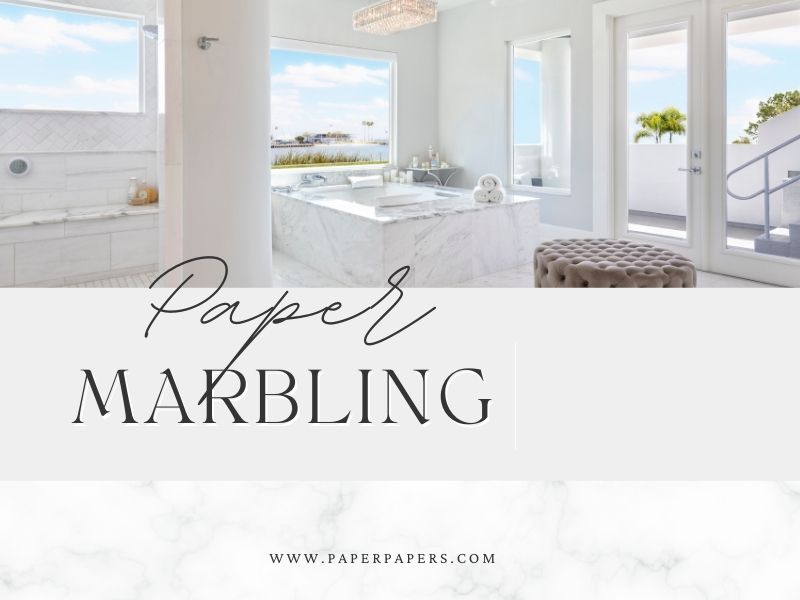
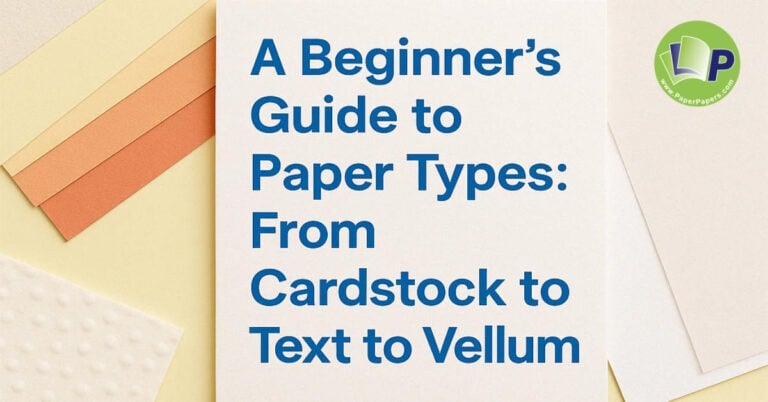
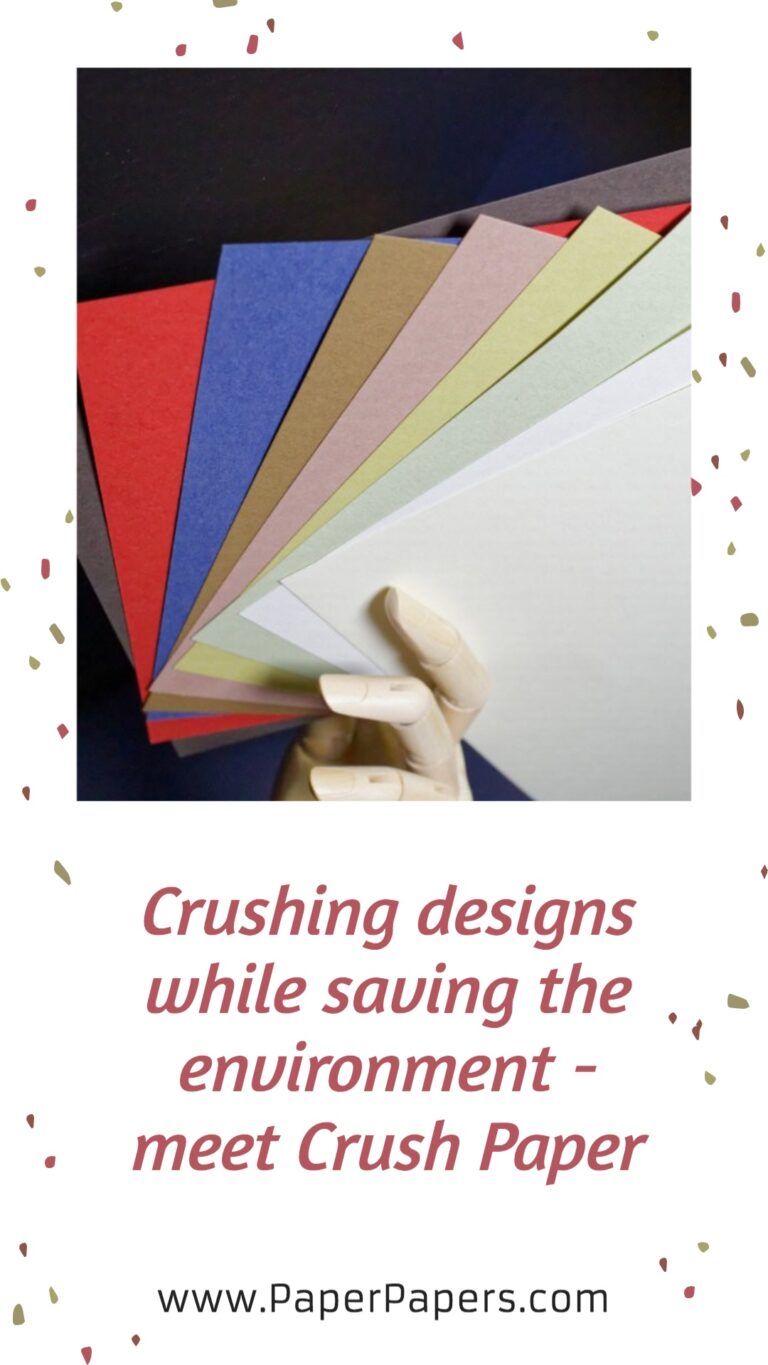
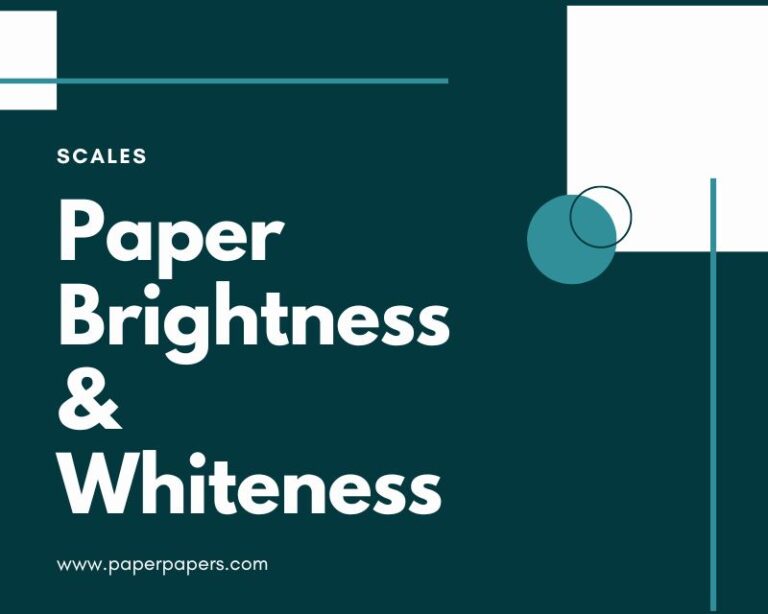
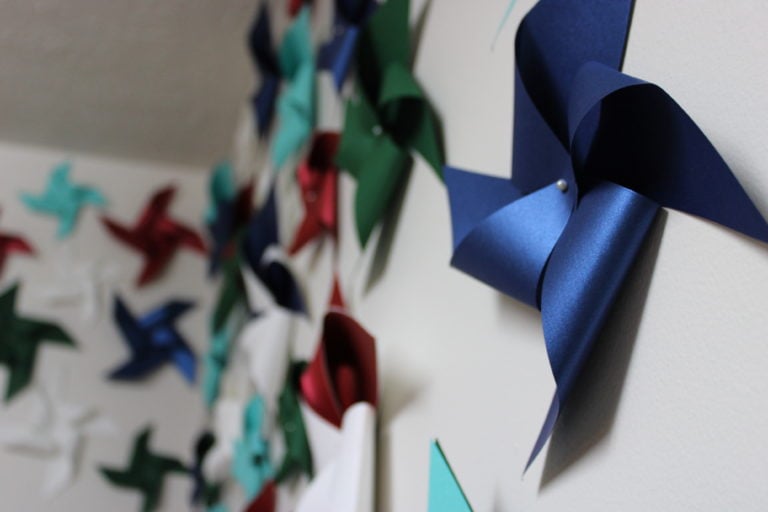
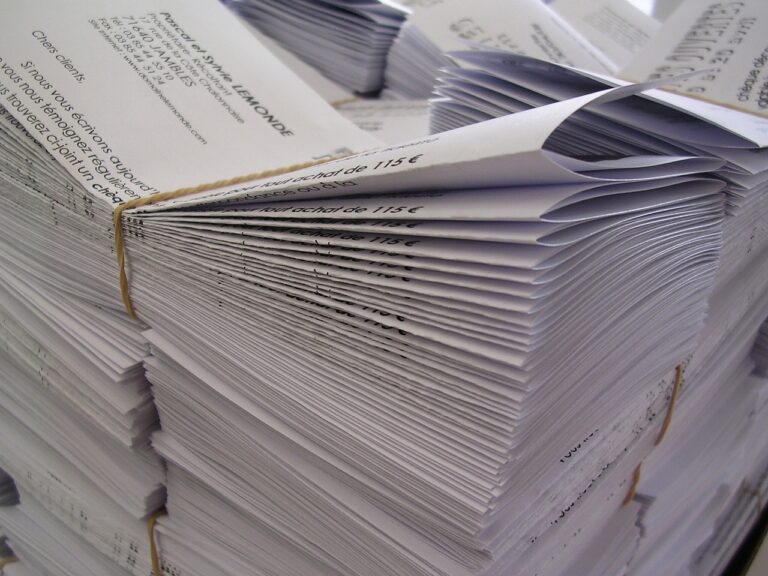
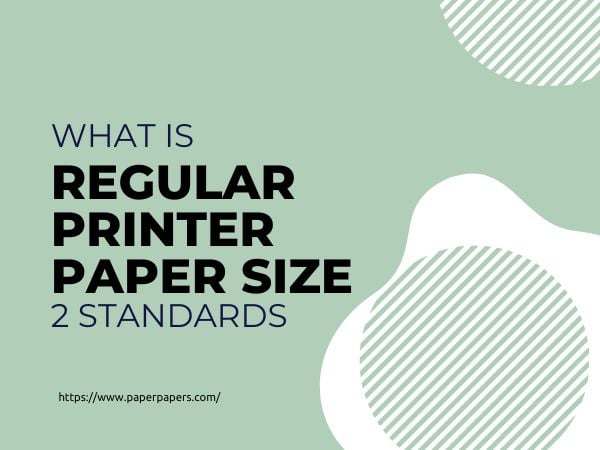
One Comment